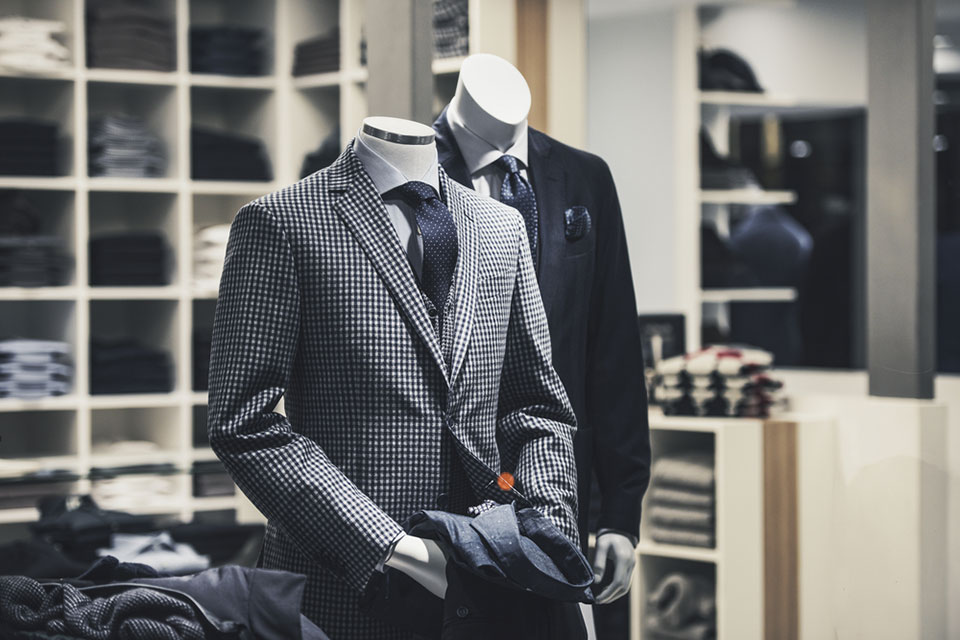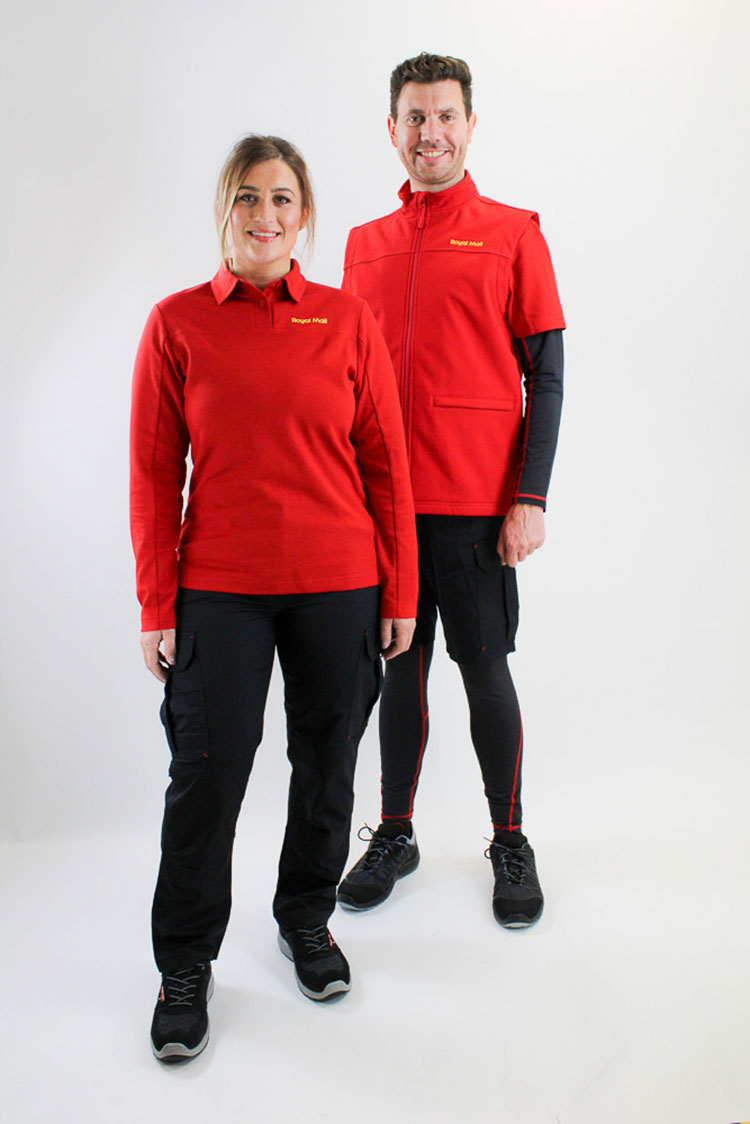Creating Community, Connection, and Comfort in the Workplace: Key Strategies for Corporate Clothing

Corporate clothing’s quality, colors, and design matter. It reflects the brand’s offering and positioning as modern and professional, or as outdated and disinterested. Brands that invest in well-designed and comfortable employee clothing show they value their staff members and see them as integral to the success of the business. On a global scale, the workwear industry is a massive and growing business. According to a market study from Global Industry Analysts Inc. titled “Workwear – Global Market Trajectory & Analytics, the global market should reach $42.7 billion by 2026, and in the United States, the market reached approximately $12.1 billion in 2021.
The massive workwear market, which includes uniforms, general workwear, and corporate clothing, underscores the company’s using clothing as a brand differentiator and establishing connections with end customers. Finding the right corporate clothing for your business needs requires a strategic and coordinated approach involving HR, marketing, and senior management. You need to understand market and design trends, listen to employee feedback, and make bold choices that will improve employee performance and boost the brand.
Comfort and Fit Matters
Brands that want modern and well-fitting clothing should consider partnering with experienced providers like Affinity that understand modern trends and the importance of comfort. When employees receive scratchy, poorly sized, and unattractive clothing they’re starting their workday off on a sour note, instead of with confidence.
Here are some key attributes for comfortable corporate clothing:
- Modernized styles that feature updated cuts and angles, including adding inches to the hip and rise sections
- Premium materials such as 100 percent high-grade polyester that improve moisture management, moves better with the body, and won’t snag
- Adjustments for all genders, with side slits for tops for improved fit along the hips
- Expanded and enhanced pants pocket to improve functionality for workers to carry mobile devices and other needed equipment
- Stretchable fabrics that enable a broader range of movement and are available in a wide range of sizes
- Softer and more modern hues and design patterns that won’t need continual refreshing
Clothing Should Match the Job
Major brands wanting to stay ahead are creating more modern clothing lines that feature better coordination between the clothing and job function. For example, this might include performance fabrics that improve both moveability and durability, reflecting the employees’ dynamic work environment. It’s a more casual collection, with various graphic t-shirts, as well as polos and other gear for managers. Some brands might create maintenance-specific polo shirts that include reflective elements for improved safety. Fast-food workers and servers might enjoy denim aprons with deep pockets to hold items like condiments and straws. Firms are pursuing a more retail look than a traditional restaurant uniform, to give employees clothing that more closely resembles their daily attire.
Brands with workers who deliver items to a customer or who enter a business or a home need distinctive uniforms that establish trust. These types of roles require clothing that’s highly functional that also offers clear brand connotations. For example, the Royal Mail in the United Kingdom revamped its uniform line in 2021 for the first time in a decade. The uniforms featured modern aesthetics while staying true to traditional colors. Nicknamed “robins” in the late 1880s because of their red uniforms, “posties,” as postal delivery workers are called in the UK, will still wear the distinctive red and the iconic shorts. Royal Mail and its design partner considered the biomechanics of the wearers, enlisting the help of a biomechanics and sports physiotherapy expert to pick the right fabrics and design elements. These insights helped create uniforms that meet the functional needs of each worker, considering age, body shape, job role, and other characteristics. The design partner visited multiple Royal Mail offices and mail centers and accompanied delivery workers to understand and then address the daily uniform-related challenges.
Taking a Strategic Approach
Brands refreshing their clothing lines should take the time to conduct research and build collections that will last for several years. A core part of this approach is to conduct wear tests. These tests help align clothing choices with job duties and provide invaluable feedback. HR and marketing can work together for these tests to pull in feedback from employees and the end customers. The tests include wear surveys for ease of care, durability, comfort, and thoughts on the new line compared to the prior iteration.
HR can also build data throughout the year by logging employee comments about the uniforms. Perhaps they’re too warm for the workers’ climate or job functions; or they stay wrinkled, which creates a poor first impression with the end customers. When the HR team hears many of the same suggested changes, they can leverage that information for the next clothing revamp, to both improve the brand and to show employees they’re concerns are valid and recognized.
A new uniform design can also signal a new direction for the brand and coincide with a rebranding. It is vital multiple departments including HR work together to ensure the new clothing designs project the right messaging that will work with the rebranded content. Well-designed, sleek, and modern clothing can play an important role in reinforcing a corporate vision and culture that can outperform the competition.
Have you read?
# Best CEOs In the World Of 2022.
# TOP Citizenship by Investment Programs, 2022.
# Top Residence by Investment Programs, 2022.
# Global Passport Ranking, 2022.
# The World’s Richest People (Top 100 Billionaires, 2022).
Bring the best of the CEOWORLD magazine's global journalism to audiences in the United States and around the world. - Add CEOWORLD magazine to your Google News feed.
Follow CEOWORLD magazine headlines on: Google News, LinkedIn, Twitter, and Facebook.
Copyright 2025 The CEOWORLD magazine. All rights reserved. This material (and any extract from it) must not be copied, redistributed or placed on any website, without CEOWORLD magazine' prior written consent. For media queries, please contact: info@ceoworld.biz









